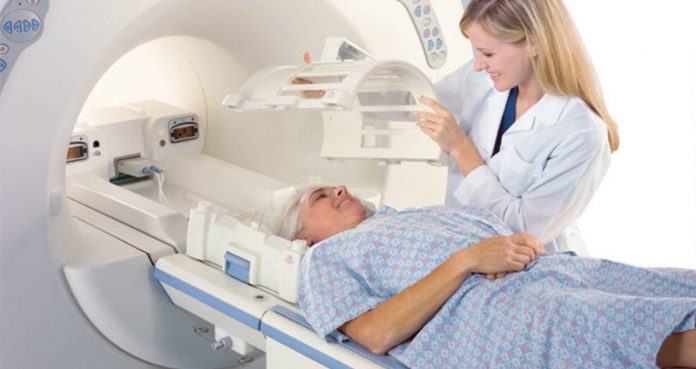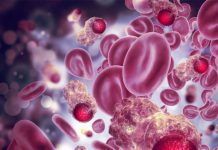New research published in the journal of Nuclear Medicine has found that PET/MRI scans reveal potentially useful biomarkers that could help identify the presence and risk of breast cancer.
Researchers from Memorial Sloan Kettering Cancer Center in New York compared healthy breast tissue with benign breast tissue and malignant breast tumors using PET/MRI imaging and found several differences in biomarkers.
They explained that these biomarkers could in assessing the presence of cancer by screening. They also explained that these biomarkers could help build risk-reduction strategies in clinical practice.
Early detection of breast cancer is key to improving prognosis and survival.
Although screening mammography has reduced the mortality rate of breast cancer by 30 percent, it still has a few limitations. For instance, its sensitivity is decreased in women who have dense breast tissue.
“Such shortcomings warrant further refinements in breast cancer screening modalities and the identification of imaging biomarkers to guide follow-up care for breast cancer patients,” said Dr. Doris Leithner from Memorial Sloan Kettering Cancer Center in New York.
“Our study aimed to assess the differences in 18F-FDG PET/MRI biomarkers in healthy contralateral breast tissue among patients with malignant or benign breast tumors,” she added.
The researchers compared a total of 100 malignant tumors and 41 benign lesions with healthy contralateral breast tissue. They found significant differences in biomarkers.
Dr. Leithner explained, “Based on these results, tracer uptake of normal breast parenchyma in 18F-FDG PET might serve as another important, easily quantifiable imaging biomarker in breast cancer, similar to breast density in mammography and background parenchymal enhancement in MRI.”
“As hybrid PET/MRI scanners are increasingly being used in clinical practice, they can simultaneously assess and monitor multiple imaging biomarkers, including breast parenchymal uptake, which could consequently contribute to risk-adapted screening and guide risk-reduction strategies.”
The article appeared on Science Daily. The original source of the article is the Society of Nuclear Medicine and Molecular Imaging.





















